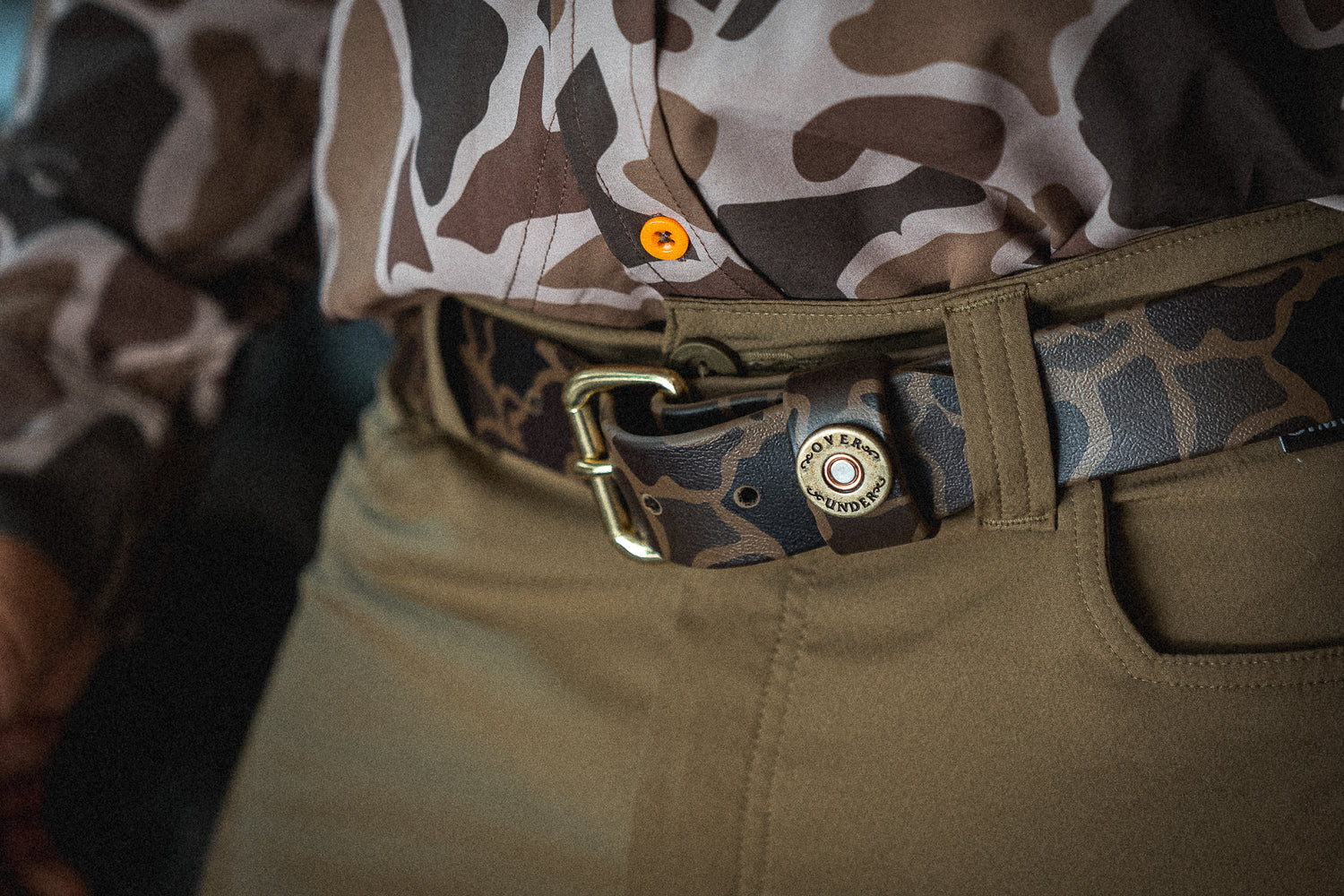Chances are you've encountered numerous tents, bags, and jackets made from canvas. You may even own a pair of canvas shoes or a canvas hat. Canvas is so common in outdoor apparel and gear than many people use it without thought or question. But this versatile, durable material offers more than meets the eye. Here are five interesting facts about canvas.
1. Canvas Is Made From Cotton
When you think of cotton fabric, you probably think of thin cotton shirts or perhaps of denim pants. However, modern canvas is typically made from cotton, too. It differs from other cotton materials because it is woven in a different manner.
Twill, denim, and other common cotton fabrics are woven via the twill method. A strand of yarn is passed over one stand and under two strands. Each row is offset to create a diamond pattern in the weave. Canvas is woven with a straight pattern. The piece of yard is passed over one strand and under the next, creating a flatter fabric without a diamond pattern.
2. Canvas Was Initially Made From Hemp
Before cotton became so popular, canvas was made from hemp. In fact, the word canvas originated in the 13th century from an old French word canevas, which meant made from hemp.
Hemp was once quite popular as a fiber-yielding plant, but its fibers were woodier and harder to work with than those of the cotton plant. Some manufacturers still use hemp to make tough materials like rope, but cotton is the go-to option for canvas.
3. Canvas Comes in Two Main Varieties
These days, there are numerous types of specialty canvas on the market — waxed canvas, printed canvas, fireproof canvas, and dyed canvas to name a few. However, there are two basic types of canvas that these specialty types are derived from: plain canvas and duck canvas.
Plain canvas has a very coarse weave. Duck is smoother due to a higher thread count. Plain canvas is often a better choice for heavy, outdoor use, whereas duck is better suited to delicate items that still need some durability, like baby strollers and window treatments.
4. Canvas Is Naturally Waterproof
Many people assume that since canvas is a fabric, it needs to be somehow waterproofed before they expose it to the elements. But this is not always the case.
Canvas is naturally water-resistant. As the fibers become damp, they swell, preventing additional water from passing through the material. Waterproofing agents can be applied to the surface of canvas for improved resistance to moisture, but this is an extra step, not an essential one.
The one downfall of using canvas in wet environments is that if it does not dry quickly after becoming wet, it can grow mold and mildew. As such, some outdoor adventurers have come to prefer mildew-resistant fabrics for applications like sail covers and tents. Acrylic canvas, which is a tightly woven fabric made from acrylic threads rather than cotton, is a popular choice.
5. Canvas Offers Many Benefits for Outdoor Use
There is a reason why canvas has retained a corner of the outdoor gear market even with the invention of lighter, more waterproof synthetic materials. Canvas is sturdy; it won't tear easily when tugged on frequently. It is also easy to dye and retained its dye color well, even in harsh climates. And it readily accepts treatments for fire- and waterproofing. Canvas does a great job of blocking wind, too.
There's no doubt about it. Canvas is a durable outdoor material that's not going away anytime soon. Shop Over Under Clothing for a great selection of canvas belts, hats, and other outdoor gear.


